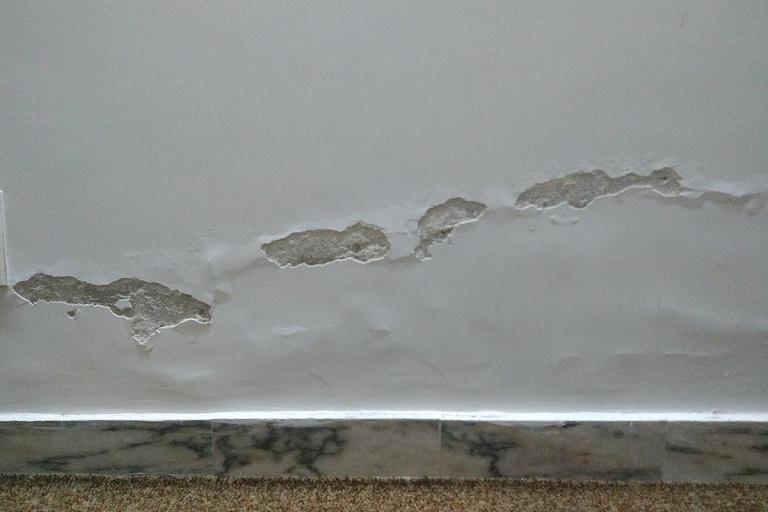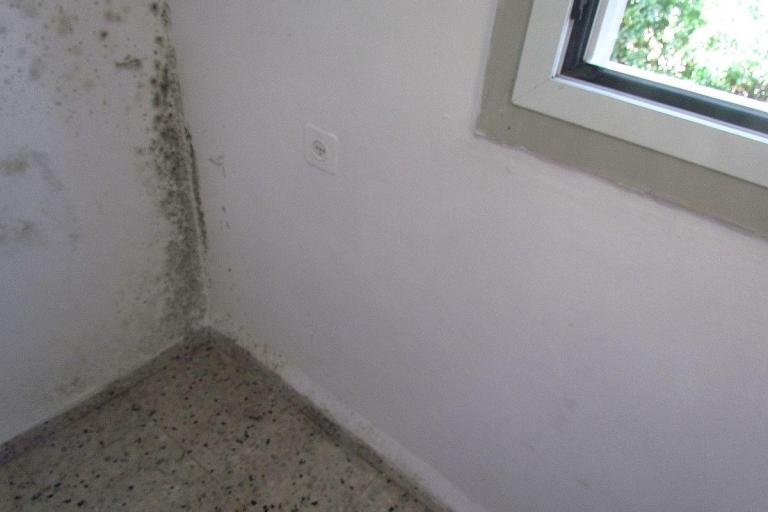Identify condensation, damp and mould
It can be hard to tell if you have damp or mould, or know what to do if you do have it.
This information will help you to:
- work out if you have damp or mould, and what type it is
- get rid of it yourself
- reduce the chance of it coming back
- stop it getting worse
Condensation and mould
Condensation happens when warm or moist air touches a cold surface. For example, if you have a hot bath and the steam does not escape. Every home has some condensation.
Condensation is particularly common in winter, when buildings are cold and windows are open less often so it is harder for moist air to escape.
If there's a lot of condensation or it happens repeatedly, it can settle and cause mould on walls or ceilings. Mould can also affect furniture, clothes and curtains.
You can reduce the risk of mould by trying to prevent and reduce condensation. Learn more about how to reduce condensation.
Damp
If you can see patches of moisture with a 'tidemark' effect, this has probably been caused by damp rather than condensation.
Damp could be caused by rainwater damage or plumbing leaks.
Check your kitchen, bathroom and toilet areas for any obvious leaks. If it's safe to do so, have a look outside - if there are slates missing from the roof or cracked gutters or rainwater pipes, rain might be getting in through the gaps.
If you notice damp, report it to us and and we'll investigate. We can help you to fix any problems that might be causing damp in your home.
Examples of damp and mould

